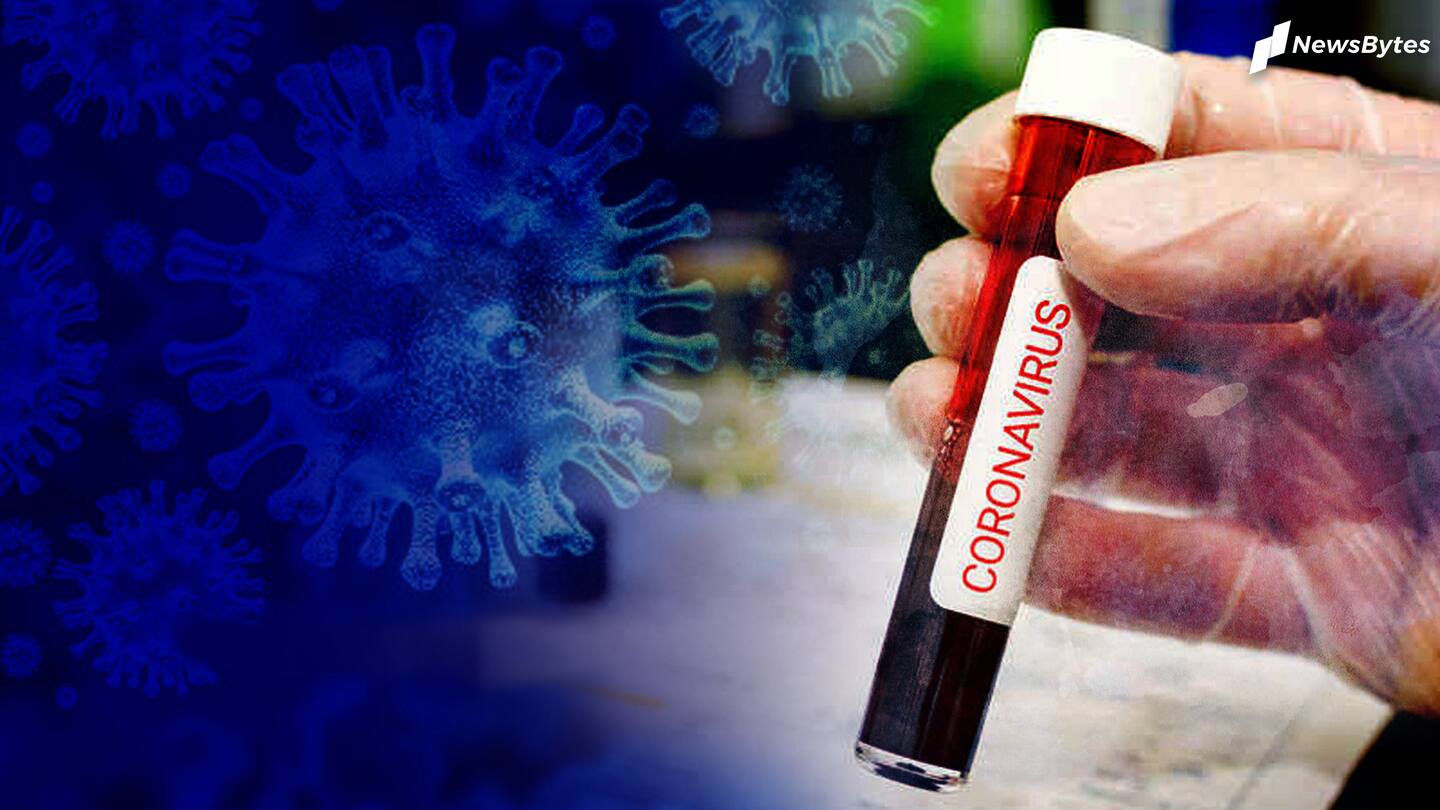
Oxford's COVID-19 vaccine: All you need to know
What's the story
Ever since COVID-19 started spreading, scientists have been racing to develop a vaccine and fight off the pandemic.
The efforts have led to the development of over 140 candidates, of which 16 are going through trials.
But, among these 16, only a few are inching towards availability by the end of this year, including a promising shot from Oxford University.
Here's all about it.
Vaccine
Oxford and AstraZeneca's AZD1222 vaccine candidate
Officially dubbed AZD1222, the vaccine candidate in question is being jointly developed by Oxford and pharma giant AstraZeneca.
It is one of the biggest COVID-19 vaccine projects in the UK and has been made from a weakened, genetically-modified version of a common cold virus, or adenovirus, that causes infections in chimpanzees, but cannot grow in the human body.
Details
Genetic material making novel coronavirus's spike protein included
The construct of the vaccine has been combined with the genetic material that makes the spike glycoprotein of the novel coronavirus, a type of protein that plays an essential role in the virus's infection pathway.
As Oxford University explains, the virus uses this protein to bind to cells, which ultimately results in the infection and makes the person sick.
Working
So, how it works?
By using a combination of the weakened adenovirus with the gene that makes the spike protein of the novel coronavirus, the vaccine mimics an infection.
This way, without any harm, it primes the body to generate the antibodies - proteins secreted by immune cells called B lymphocytes - required to fight off an actual infection from the active version of the novel coronavirus.
Trials
Effectiveness and safety currently being judged
The vaccine was prepared in March and went into the clinical trials by April.
These studies, as we have discussed, revolve around administering the vaccine candidate on human volunteers to judge how effectively and safely it can prevent them from becoming infected and unwell from coronavirus.
The tests are carried out in three phases, and right now, Oxford is moving in the final one.
Trial details
Over 1,000 vaccinated, up to 10,320 being enrolled
In the first phase, 1,000+ volunteers were vaccinated, half receiving a shot of AZD1222, while the others getting a common meningitis vaccine.
The volunteers from the first batch are currently being followed up while those for the late-stage phases are in the process of being enrolled and vaccinated in the UK. This study aims to vaccinate up to 10,260 adults, children to determine efficacy.
Expanded trials
Trials planned for other outbreak regions too
This vaccine will also be tested in other outbreak regions; the work has started in South Africa, with further studies planned for thousands of people in Brazil, America.
'We are now initiating studies to evaluate how well the vaccine induces immune responses in older adults, and to test whether it can provide protection in the wider population," said Oxford Vaccine Group head Andrew Pollard.
Results
Results have been promising, so far
While the human trial results are yet to be published, the animal studies have shown promise.
The team said that they conducted "a rapid yet thorough investigation" of a single dose of the vaccine in the rhesus macaque model and demonstrated "good safety and efficacy."
In those tests, the shot could not prevent the infection but protected the animals from getting severely sick.
Quote
Very good results, says Oxford professor
"This vaccine has shown very good results in trials with chimpanzees, and has already moved on to the next phase of human trials," Adrian Hill, the Director of the Jenner Institute at the University of Oxford Institute leading the work, said.
Availability
When it could become available?
Previously, it was suggested that the vaccine could be made available by September of this year. But, just recently, Hill told in a webinar that October 2020 is the best-case scenario.
If all goes according to the plan, the teams will have the results by August and September, and will be able to start deliveries a month later.
Manufacturing
AstraZeneca is already scaling up manufacturing
Even though the results are not yet here, AstraZeneca has struck several partnerships to get sufficient doses of the vaccine produced by the time of results and approval.
This way, if all goes according to the plan and shot is confirmed to be working and preventing sickness, it will be able to start the distribution immediately in the UK and other countries.
Ava
India will also get this vaccine
AstraZeneca has signed deals to supply 400 million doses of the vaccine to the UK and the US, 300 million doses to CEPI, Gavi Vaccine Alliance, 400 million doses to Europe's Inclusive Vaccines Alliance, spearheaded by Germany, France, Italy, and the Netherlands.
Separately, it has contracted with the Serum Institute of India to supply a billion doses for low-to-middle income countries, including India.
Target
SII's targets 400 million doses by year-end
Under this deal, Serum Institute, which is the world's largest vaccine maker by doses, will be providing 400 million doses of the Oxford vaccine before the year ends.
"Serum Institute of India is delighted in bringing this vaccine to India as well as low and middle-income countries," said SII CEO Adar Poonawalla. "We will work closely with AstraZeneca to ensure fair and equitable distribution."